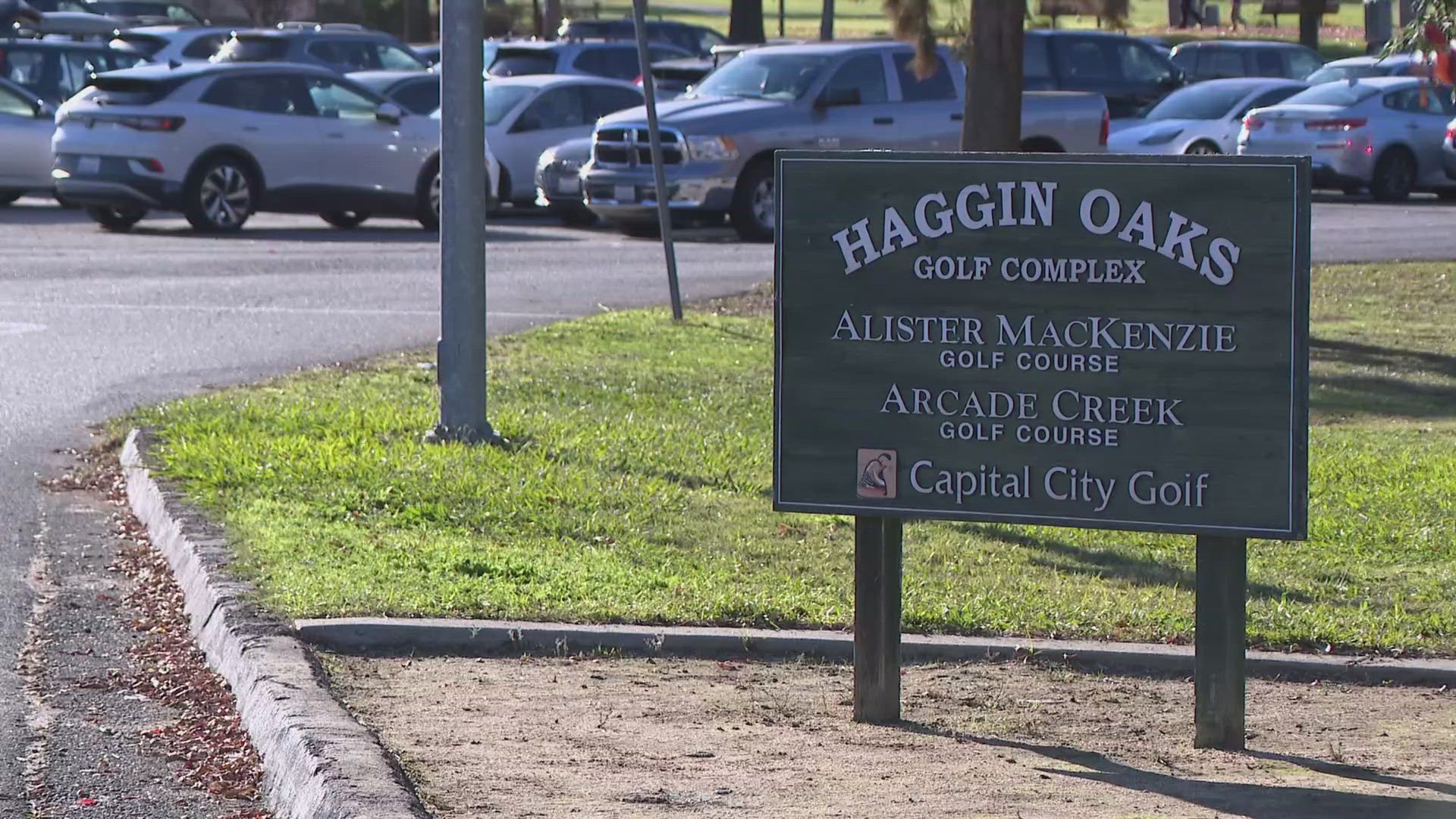SACRAMENTO COUNTY, Calif. — There are many cities in California attempting to remedy their homeless crisis, including Sacramento.
According to the 2020 Annual Homeless Assessment Report (AHAR) to Congress, 51% of all unsheltered individuals in the country reside in California. In 2020, Sacramento city and county had one of the highest percentages in the country, nearly 50%, of unsheltered family homelessness.
“The homeless community is very unfortunate,” Jennie Welles, a person experiencing chronic homelessness, a former foster youth, and homeless advocate, told ABC10. “They are not given the tools to survive as an adult.”
The federal, state, local government, and education system all define homelessness differently. And depending on the definition, services for individuals could differ between agencies. The U.S. Department of Housing and Urban Development [HUD] defines homelessness as someone who is living in a public or privately operated shelter, on the street, or in an inhabitable place.
The U.S. Department of Education's definition of homelessness builds on HUD's definition while including someone who falls on hard times, couch surfs, and/or lives with someone because they lost housing.
“The education system defines homeless more broadly and in many ways a lot more fairly,” Joe Smith, Advocacy Director of Loaves and Fishes, said.
Mustard Seed School, a program of Loaves and Fishes, provides children who are experiencing homelessness from ages three to fifteen a private school education.
“Over the past few years, we are noticing people who are coming to the school for emergency services with their kids who were once students themselves," Smith said. "Homelessness is expanding across generations. It’s important to recognize that everyone deserves a place to call home and the HUD definition doesn’t always capture that particularly when it comes to families."
After the eviction mortarium expired, Smith said he saw more people faced with homelessness. He also said a decent amount of people on the brink of homeless are people with children.
“I’ve been homeless for 20 years and out on the street,” Welles said.
According to the National Foster Youth Institute, one out of every four youth in foster care becomes homeless within four years of aging out. Welles said when she was 18, she was taken to a Greyhound station and handed $100 and was told good luck.
She said she had to conduct extensive research to find homeless services in Sacramento.
“There is no place for anyone to get on a housing list,” Welles said. “I’ve called 211, they’ve signed me up for the X Shelter before they talked about it publicly.”
But the services never came to fruition.
Welles praised a county employee but said he’s one person and it’s not enough to help the homeless community.
“These people don’t watch the news and they don’t have access to information,” Welles said, adding she wants to restore dignity to the homeless population.
Sacramento's Department of Community Response focuses on solving homelessness in Sacramento. The agency's definition recognizes homelessness more broadly. Gregg Fishman, a spokesman for the city, wrote in an email that emergency shelter congregate or non-congregate, couch surfing, transitional housing, safe havens, hotel/ motel paid for with an emergency voucher, [park, vehicle, tent], and more are what the city views as homeless.
A HUD spokesperson told ABC10 the agency "also considers broader definitions of homelessness and housing instability in understanding the full context of homelessness, recognizing that ending homelessness requires also addressing these broader housing needs.”
RELATED:
ABC10: Watch, Download, Read
Watch more from ABC10:





















